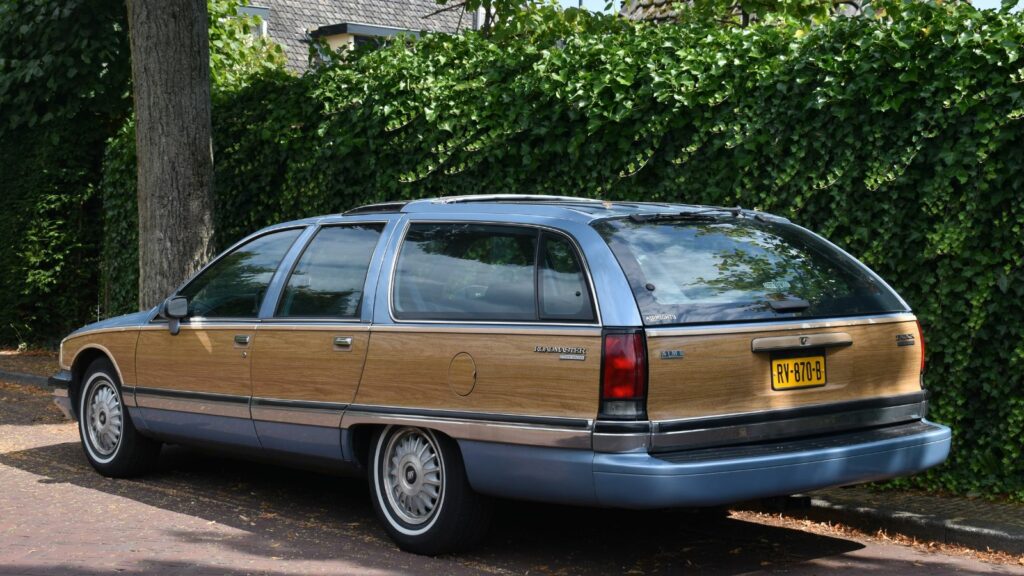Ah, the family road trip—an American rite of passage. Long before the days of minivans and SUVs, there was a time when station wagons were the undisputed kings of the open road. These rolling palaces of practicality weren’t just vehicles; they were part of the family, carrying everything from luggage and picnic baskets to kids and pets on unforgettable adventures. So, let’s buckle up and take a nostalgic cruise through memory lane with 15 iconic station wagons that define family road trips in America.
1955 Chevrolet Nomad
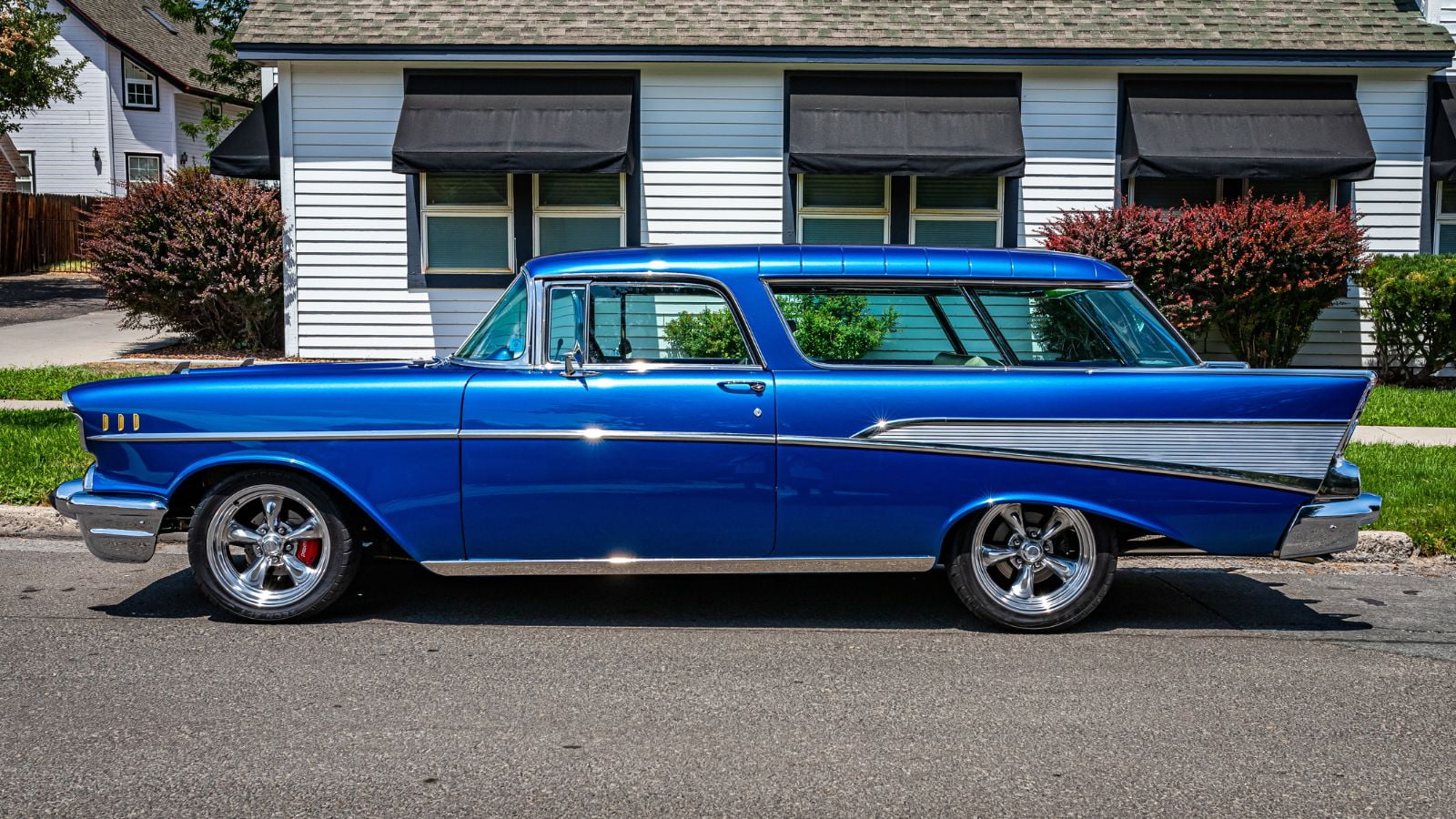
The Chevrolet Nomad is the car that practically invented the cool station wagon vibe. Introduced in 1955, this stylish wagon was based on the sporty Bel Air and featured a unique two-door design with slanted B-pillars and a wraparound rear window. It wasn’t just about looks, though. The Nomad’s spacious interior and powerful V8 engine made it a favorite for long-haul family trips, where style and comfort were equally important.
1966 Ford Country Squire
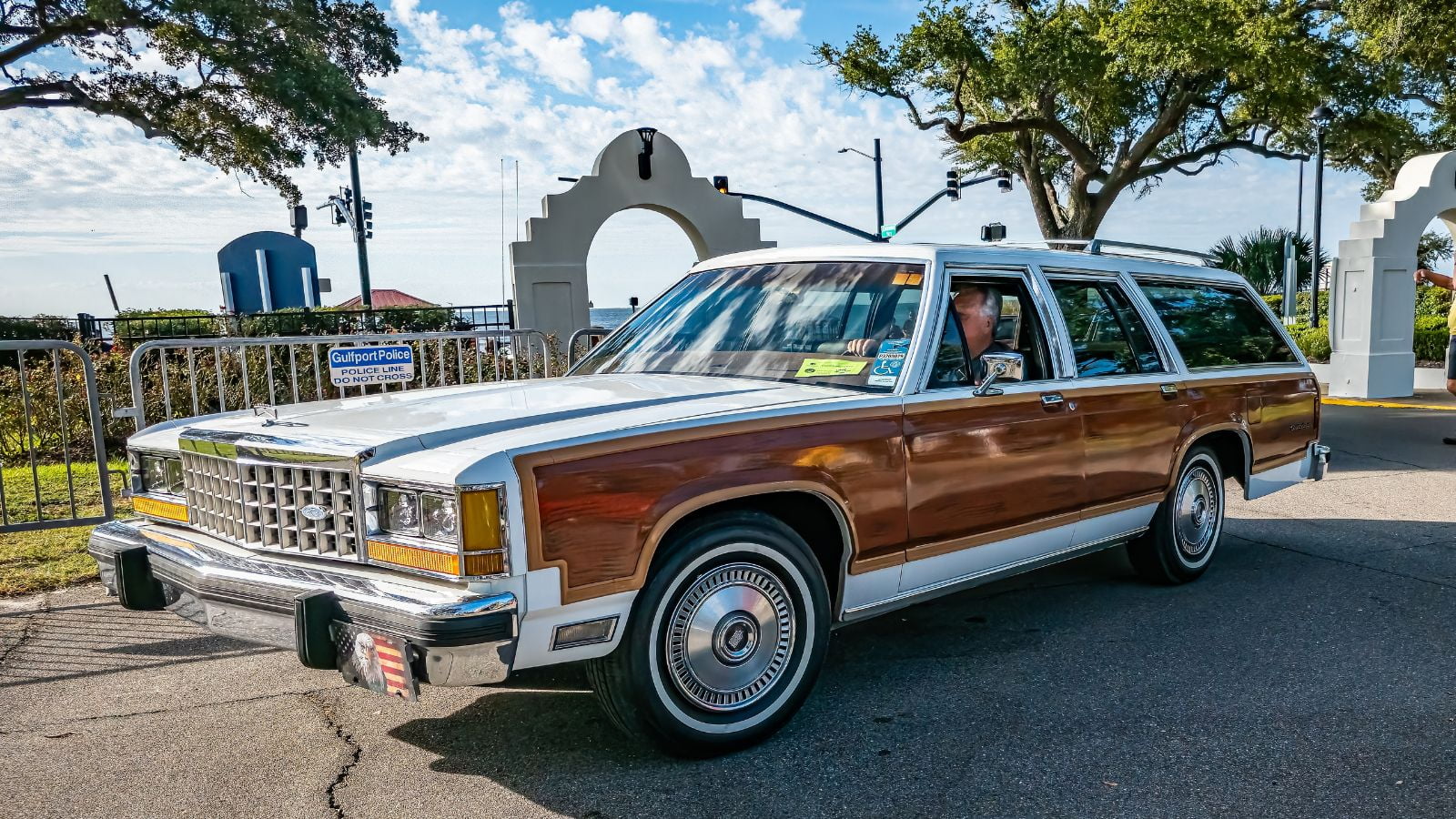
Without the Ford Country Squire, no list of iconic station wagons would be complete. This wood-paneled beauty was the epitome of suburban chic in the ’60s. Its fake woodgrain siding and cavernous interior were perfect for hauling kids, dogs, and enough luggage to rival a small U-Haul. Plus, with a V8 engine under the hood, the Country Squire had enough power to ensure that Dad always got to be the fastest wagon on the block.
1964 Buick Sport Wagon

If you wanted to travel in style and still have room for the whole family, the 1964 Buick Sport Wagon was your ride. This wagon featured a panoramic glass roof, meaning every trip was scenic. The Sport Wagon combined Buick’s luxury with the practicality of a station wagon, offering plush seats, ample cargo space, and a smooth ride. It was the ideal choice for families who wanted to enjoy the journey as much as the destination.
1969 AMC Rebel
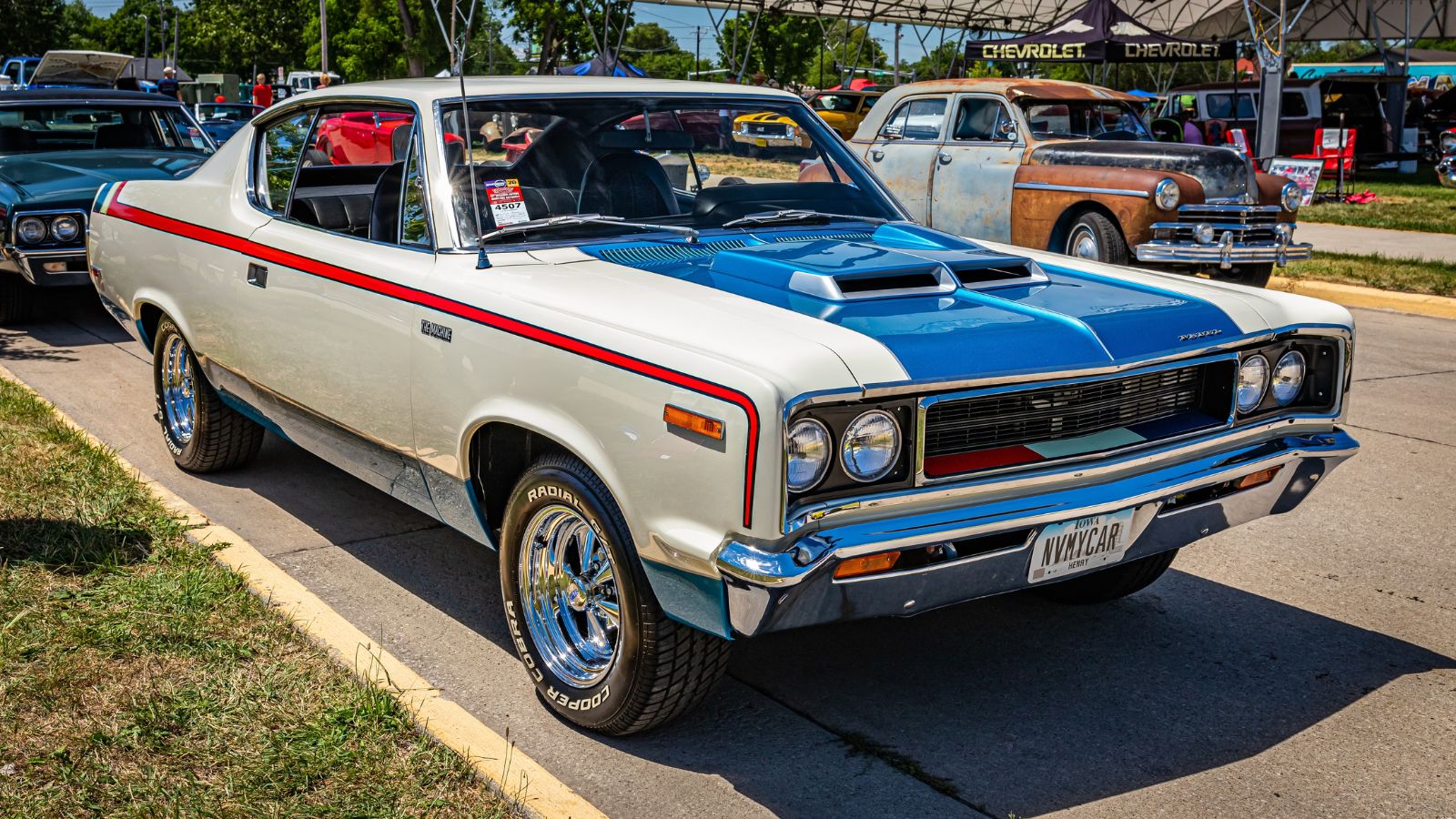
The AMC Rebel might not have the same name recognition as some other wagons on this list, but it was a road trip warrior in its own right. It offered ample room and a robust engine lineup as a full-size sedan. The Rebel “The Machine” featured a 390 cubic-inch (6.4-liter) V8 engine, which delivered 340 horsepower and 430 lb.-ft of torque, propelling it to impressive performance metrics for its time. Its bold, aggressive styling, including the distinctive stripe package, stood out from the competition.
1972 Oldsmobile Vista Cruiser
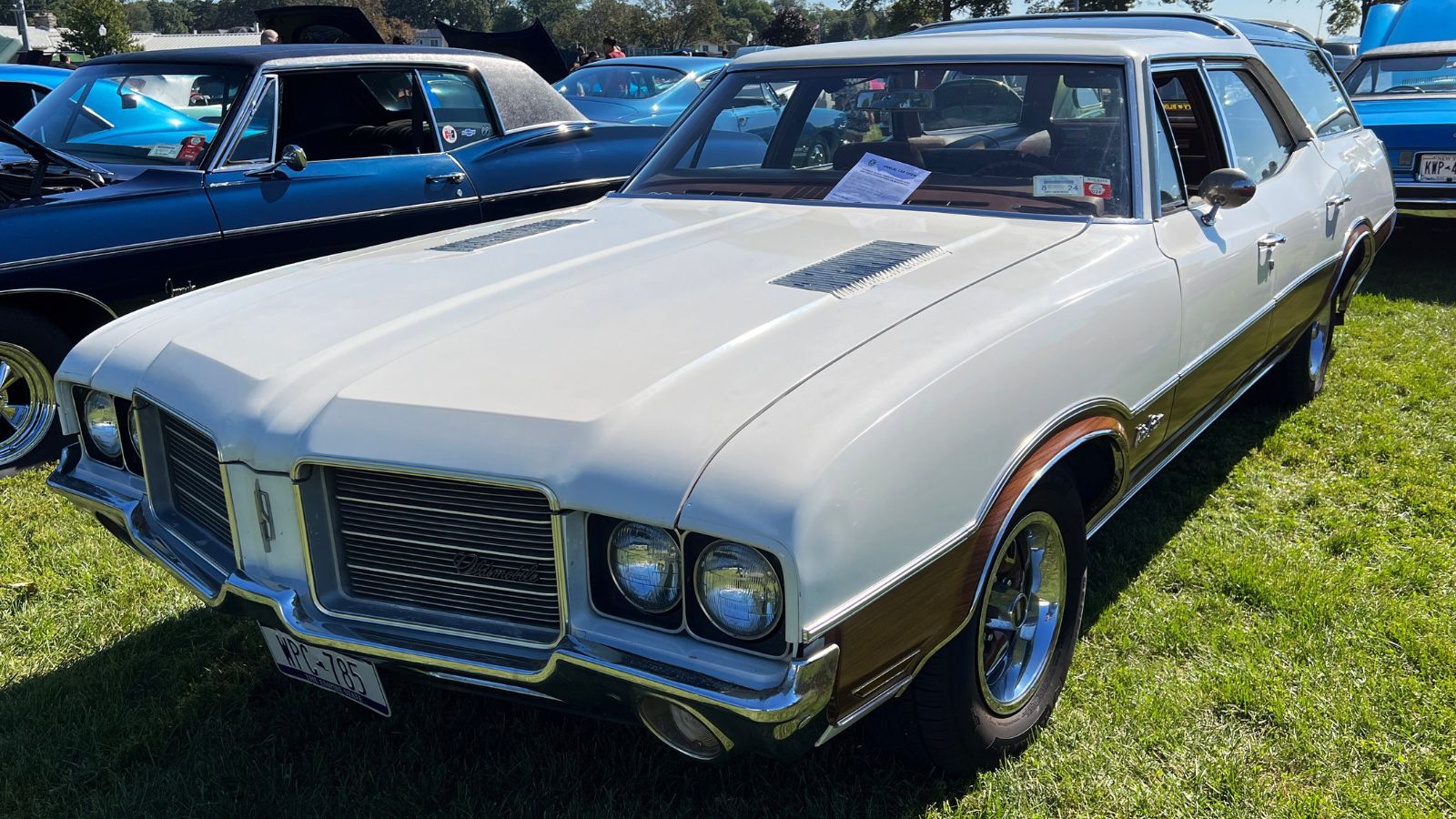
Ah, the Oldsmobile Vista Cruiser, the wagon that practically had its fan club. This model was part of Oldsmobile’s third generation of Vista Cruisers, characterized by their unique “Vista Roof”—a panoramic glass roof extending over the front and rear seats, offering an expansive view and adding a touch of luxury. Under the hood, the 1972 Vista Cruiser has various engine options, including a 350-cubic-inch V8 engine delivering around 165 horsepower. It also boasted a spacious interior with seating up to eight passengers and featured a rear-facing third row, making it ideal for family road trips.
1971 Plymouth Satellite
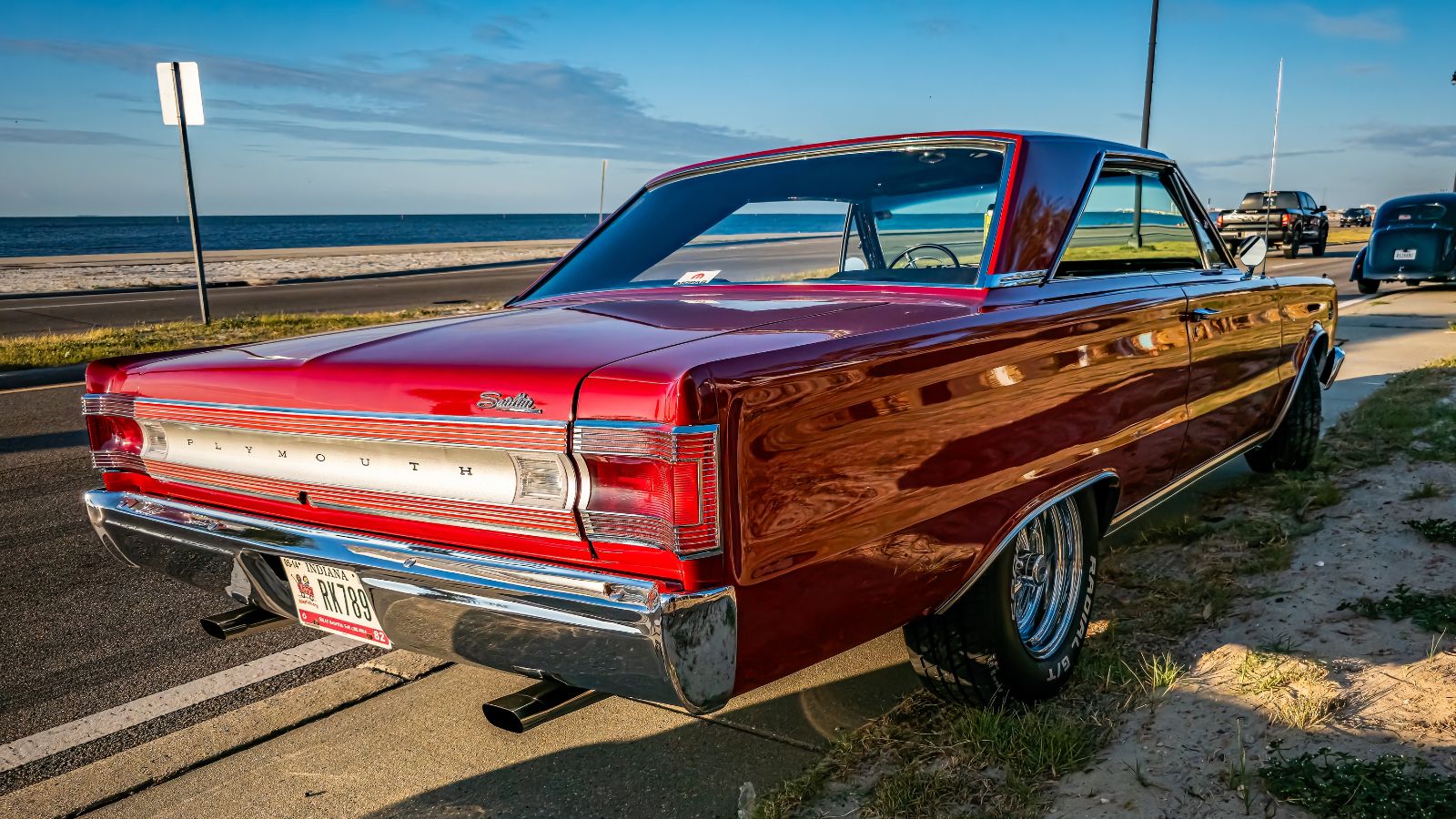
The Plymouth Satellite station wagon was a staple of the American road trip scene in the early ’70s. The Satellite’s design was characterized by its long, sleek lines and a front grille with hidden headlights. It came in various configurations, including a two-door coupe and a four-door sedan, offering versatility for different needs. The 1971 model was notable for its updated safety features, such as energy-absorbing steering columns and a new federally-mandated bumper design. Its reliable performance and comfortable ride ensured that even the longest trips were enjoyable for the whole family.
1984 Volvo 240
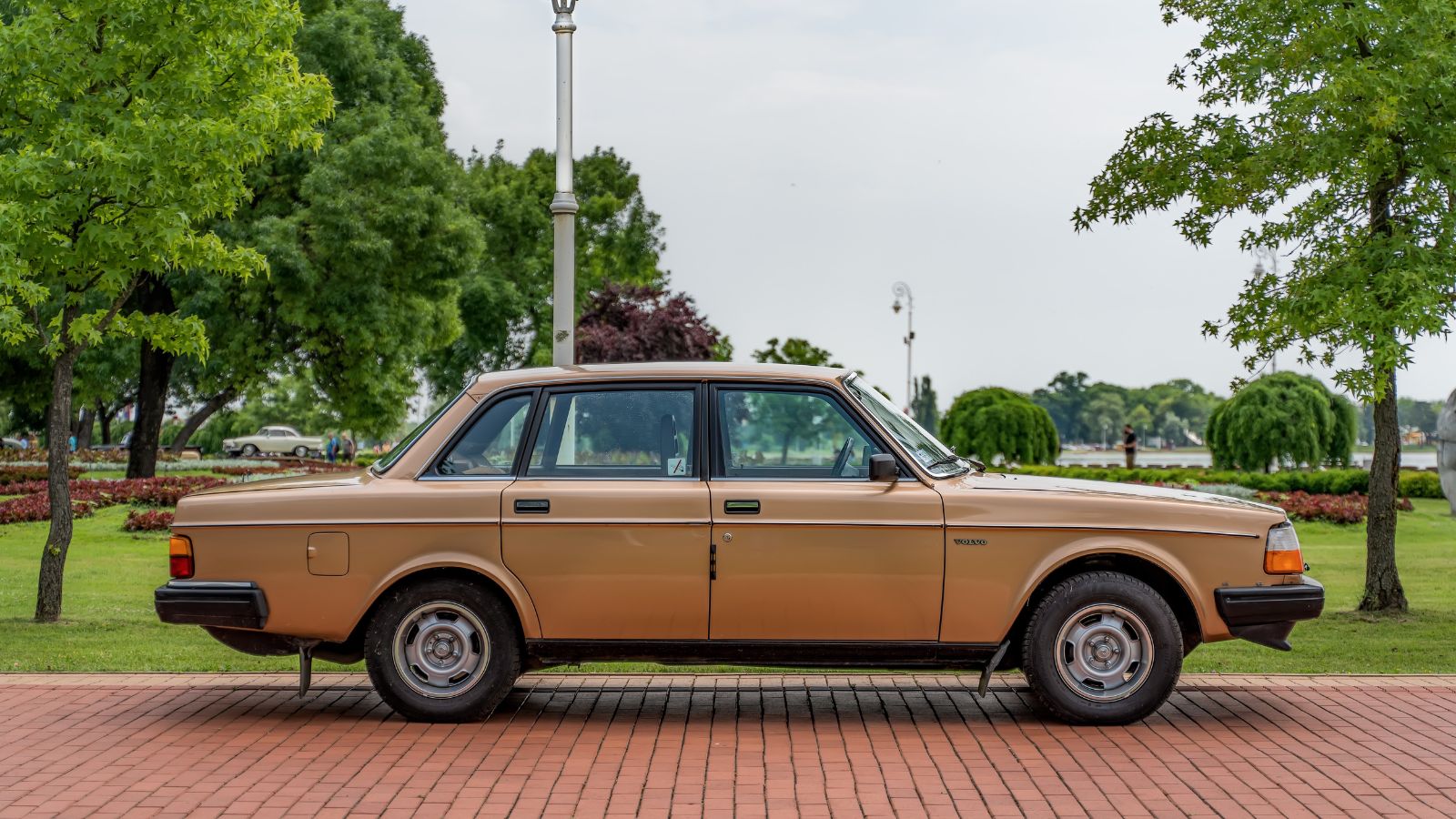
The Volvo 240 might not scream “iconic,” but it was the ultimate road trip vehicle for many families. It featured a 2.1-liter inline-four engine producing around 115 horsepower, paired with a four-speed manual or three-speed automatic transmission. The 240 was celebrated for its sturdy build quality and advanced safety features for its time, including front and rear crumple zones and a strong safety cage. Its straightforward, utilitarian interior was designed for comfort and longevity, with durable materials that could withstand years of use. This wagon was the unsung hero of many a family adventure.
1991 Ford Taurus
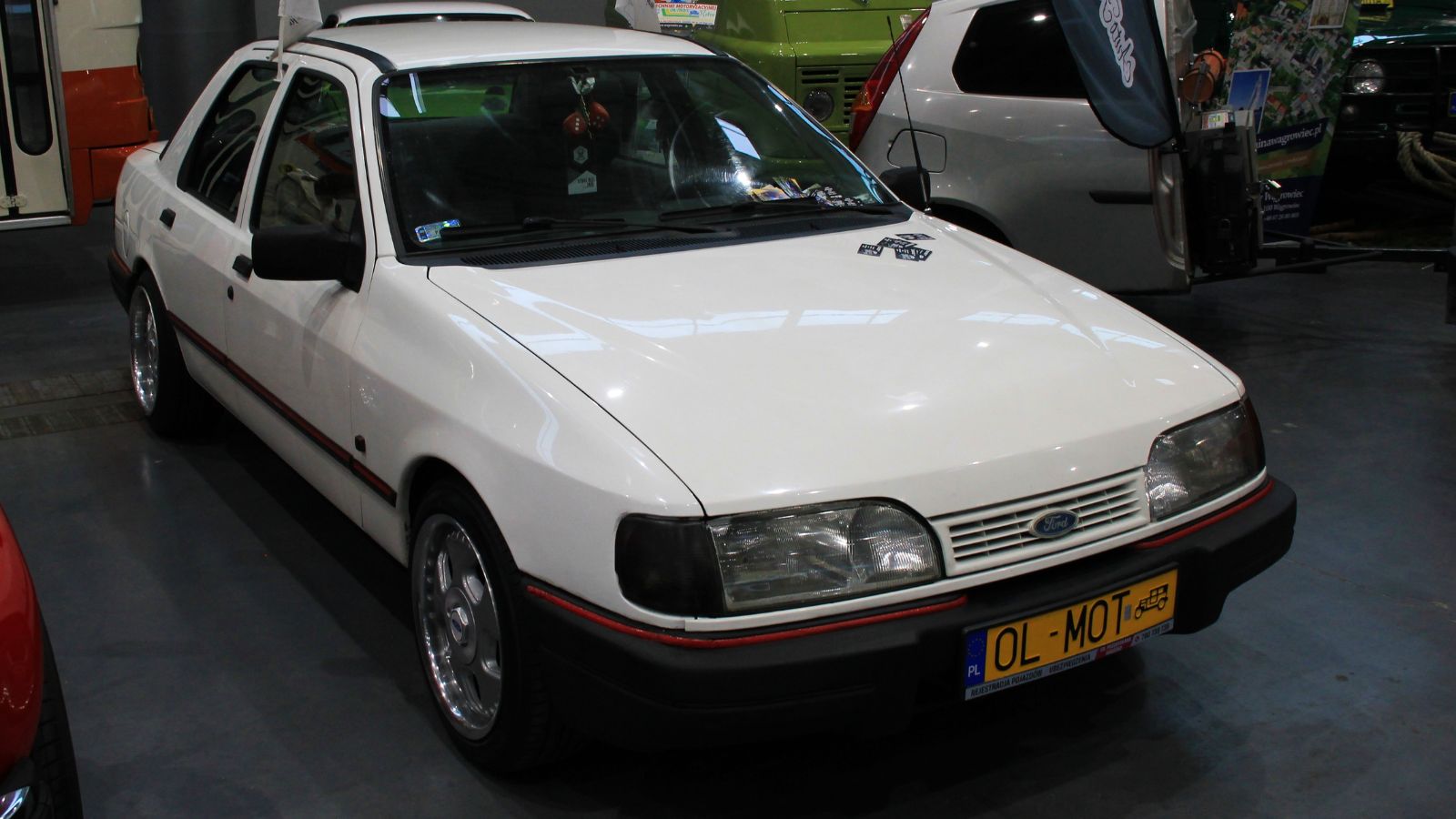
The 1991 Ford Taurus marked a turning point for Ford, solidifying the Taurus as a mainstream icon. This model year featured a refreshed design with a more angular front end than its predecessor, moving away from the earlier, rounder look. Powered by a 3.0-liter V6 engine, the Taurus delivered a respectable 140 horsepower, paired with a 5-speed manual or a 4-speed automatic transmission. It came standard with front-wheel drive, enhancing its handling and traction. It was spacious and comfortable and came with all the amenities families had come to expect, making it a favorite for the new generation of road trippers.
1986 Audi 5000
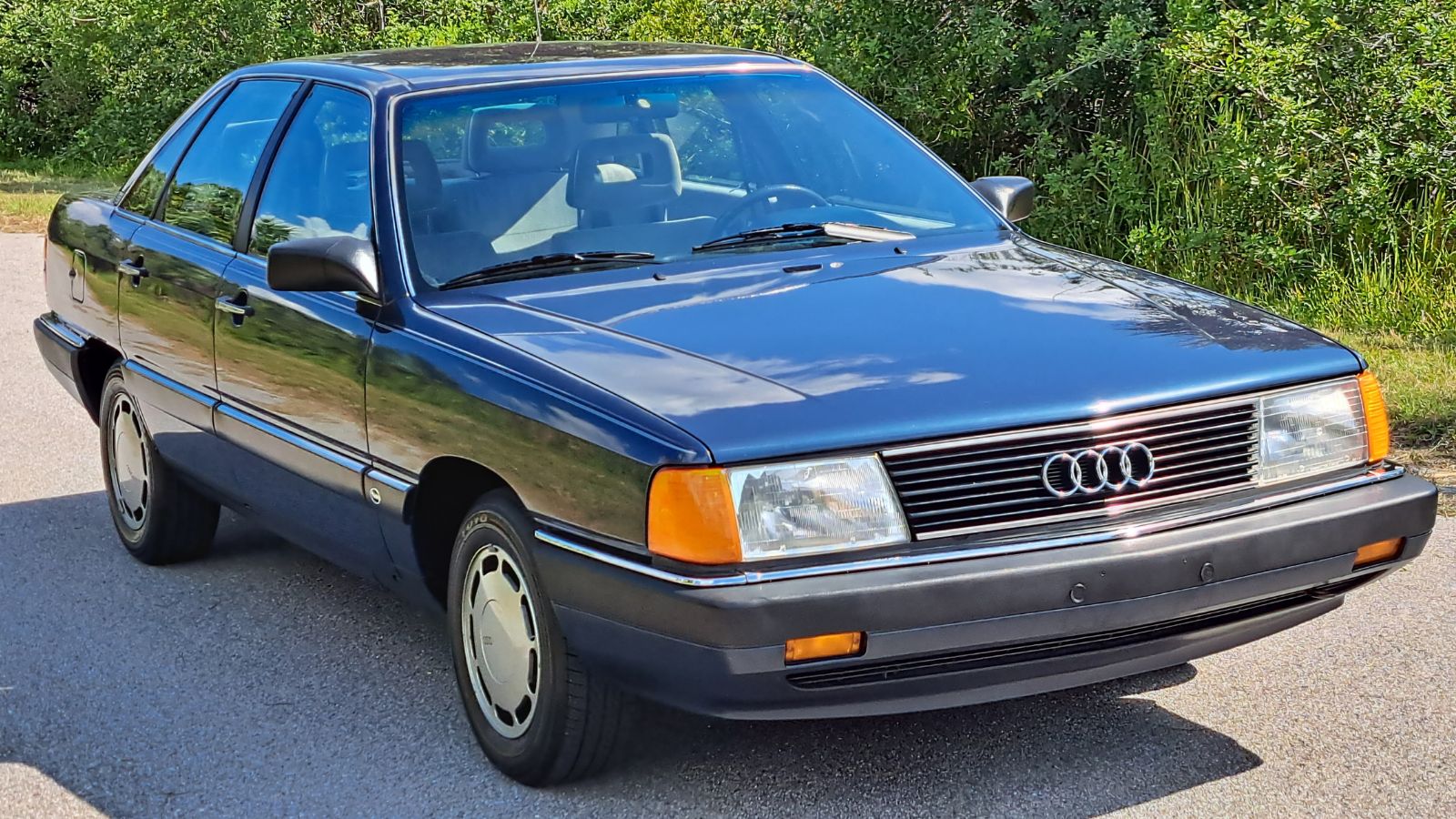
The Audi 5000 wagon was the choice for families who wanted a bit of European flair on their American road trips. Its design featured an angular body style with crisp lines, embodying the 1980s automotive aesthetic. The 5000 was notable for its advanced engineering, including a front-wheel-drive layout and a spacious, high-quality interior. Despite its reliability and advanced technology reputation, the 5000 faced controversy due to a recall related to unintended acceleration, which somewhat marred its legacy. Nonetheless, it remains a significant part of Audi’s history, showcasing its early commitment to luxury and innovation.
1977 Chevrolet Caprice Estate
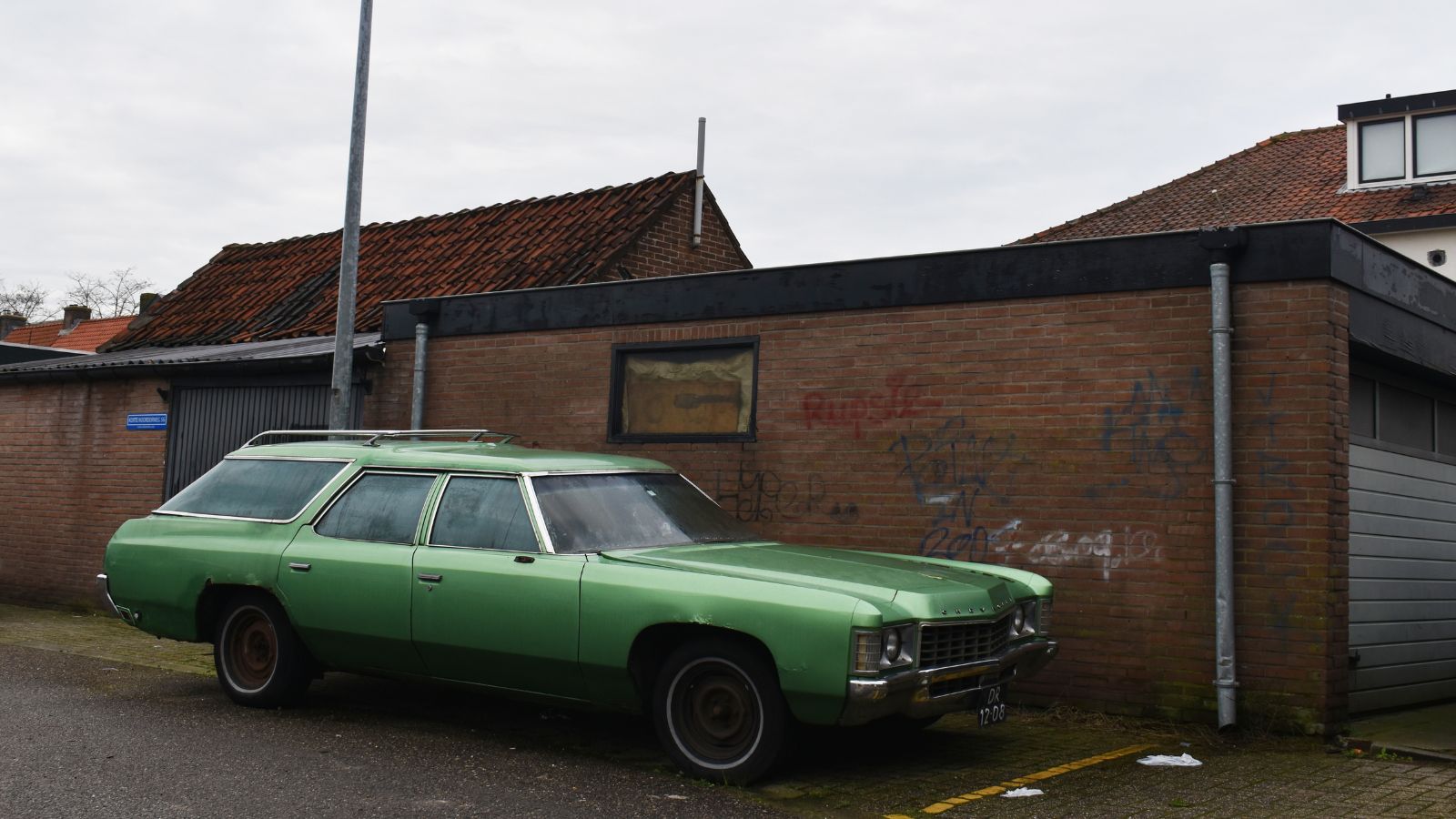
The Chevrolet Caprice Estate was a giant on the road—literally. This full-sized wagon was known for its immense interior space and smooth ride. The Caprice Estate was powered by a 5.7-liter V8 engine, producing around 170 horsepower, and a three-speed automatic transmission. Its exterior featured a boxy, traditional design with a long hood and ample cargo space, underscored by chrome accents and woodgrain trim. Inside, the Caprice Estate offered a roomy cabin with plush seating and optional air conditioning. Notable for its smooth ride and ample storage capacity, it was well-suited for long road trips.
1983 Mercedes-Benz 300TD
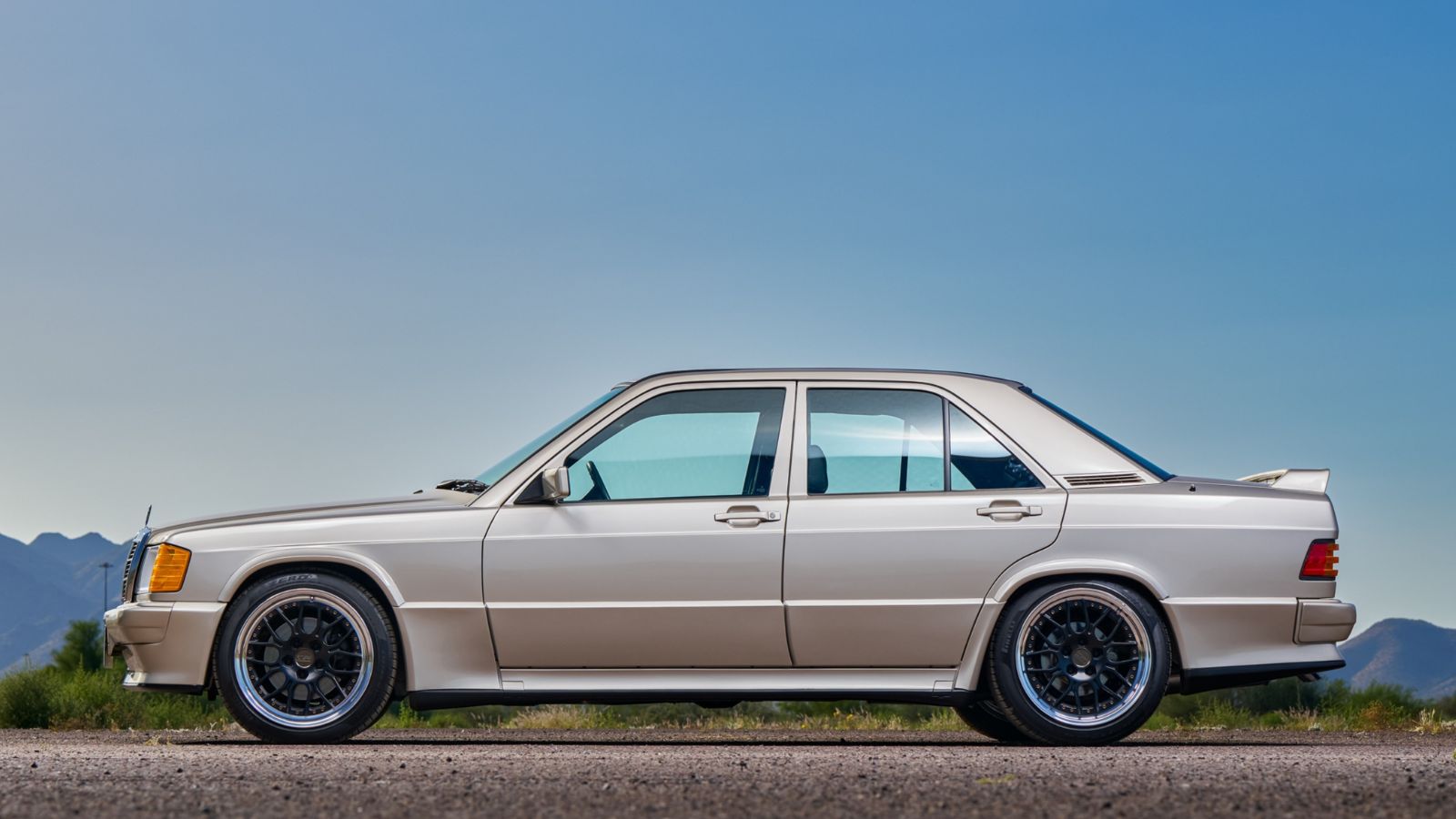
For families who wanted to go on a luxury road trip, the Mercedes-Benz 300TD was the ultimate choice. Powered by a 3.0-liter inline-six diesel engine, it produces 122 horsepower and 184 lb.-ft of torque, offering a commendable balance of performance and fuel efficiency for its time. The 300TD features a rear-wheel-drive layout and a four-speed automatic transmission, providing smooth acceleration. Its design also included the signature Mercedes-Benz grille. The 300TD’s refined interior, smooth ride, and advanced safety features made it a top pick for families who wanted to travel in comfort and style.
1960 Ford Falcon

The Ford Falcon wagon epitomized early ’60s family road trip culture. It was known for its straightforward, functional styling, distinctive egg-crate grille, and modest chrome accents. The car was built on a compact platform, contributing to its excellent fuel economy and maneuverability. As part of the first-generation Falcon lineup, it featured a simple yet sturdy design that emphasized reliability over flash. The 1960 Falcon came with a 2.4-liter inline-six engine, delivering a modest 90 horsepower. Its popularity cemented its place in the pantheon of iconic American station wagons.
1989 Subaru GL Wagon
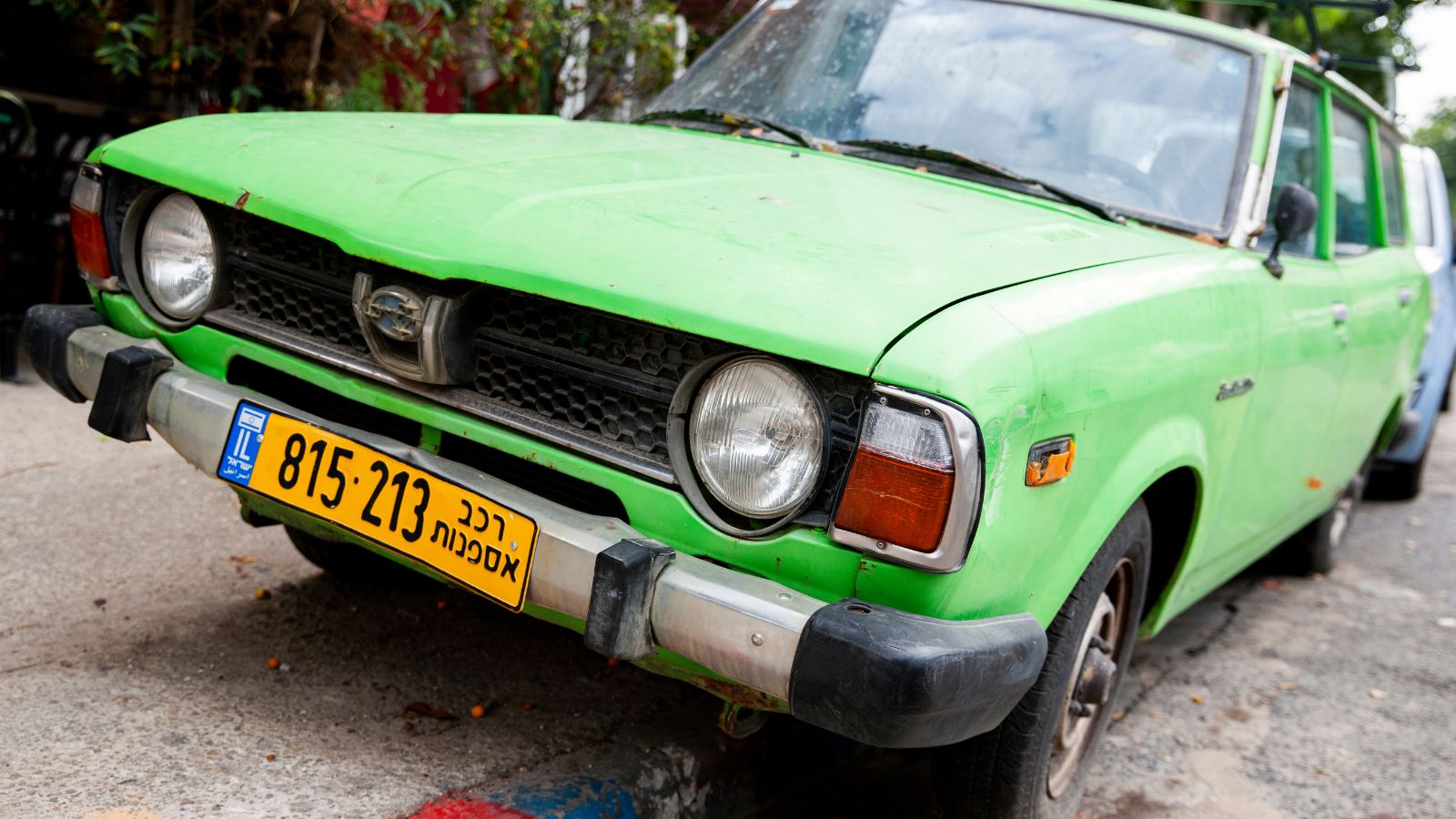
The Subaru GL Wagon might not be the first car that comes to mind when thinking of iconic wagons, but for many adventurous families, it was the perfect road trip companion. One of its standout features was the standard all-wheel-drive system, making it particularly adept at handling diverse road conditions. The interior was spacious and functional, designed to accommodate families and cargo easily. The GL Wagon was praised for its durability and off-road capability, thanks to its high ground clearance and robust construction. Its compact size and efficient engine made it ideal for long trips, especially those that ventured off the beaten path.
1978 Ford Pinto
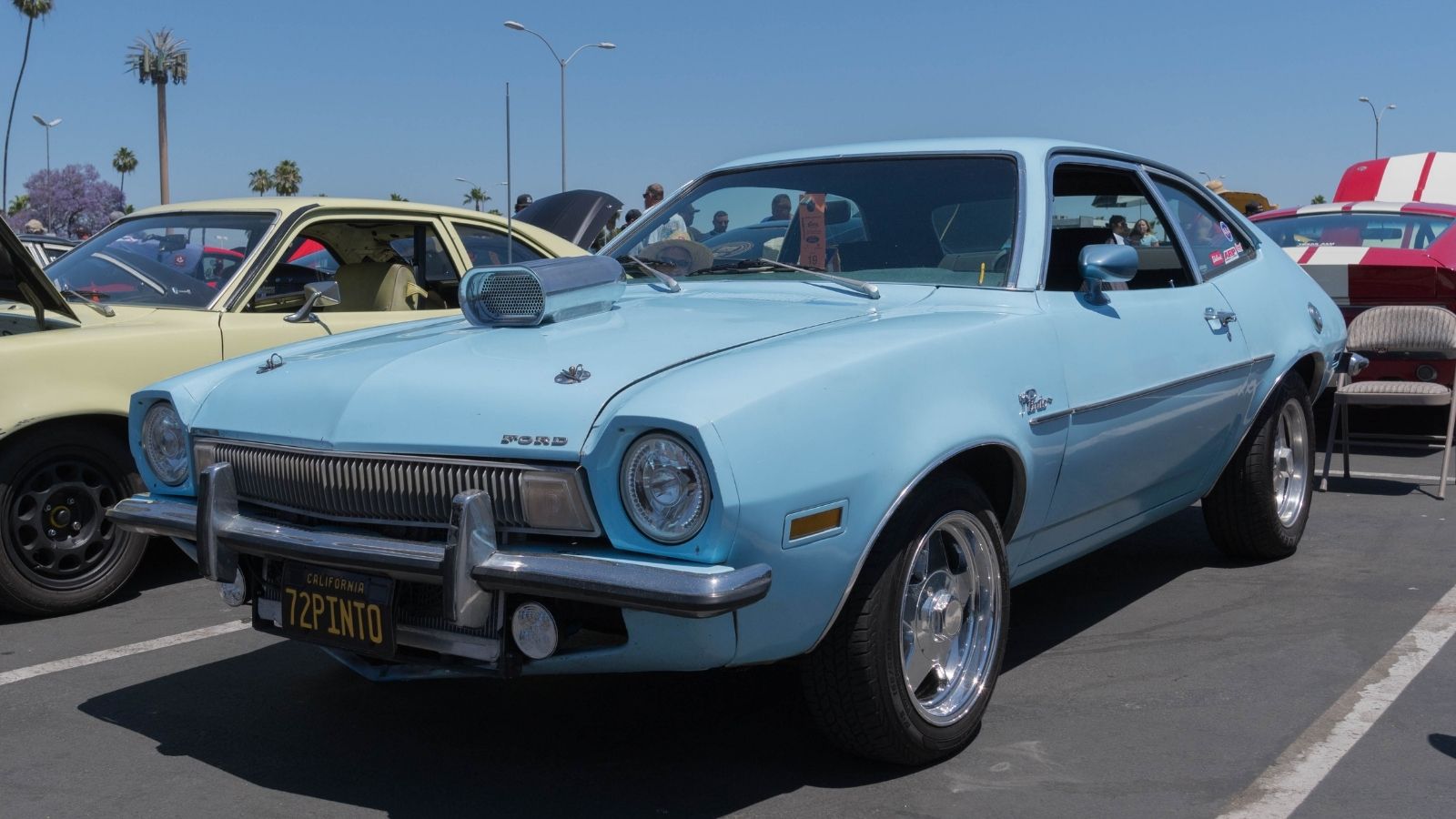
The Ford Pinto had its share of controversies, but its wagon variant was a staple of the late ’70s road trip scene. Its 2.3-liter four-cylinder engine produces around 80 horsepower, balanced efficiency, and modest performance. The Pinto featured a straightforward, boxy design focused on affordability, making it a popular choice among budget-conscious buyers. Its lightweight construction and simple mechanics contributed to its skill and ease of maintenance. The 1978 model came in sedan, hatchback, and station wagon versions, catering to various needs. Despite its flaws, the Pinto wagon holds a nostalgic place in the hearts of many who grew up during that era.
1994 Buick Roadmaster
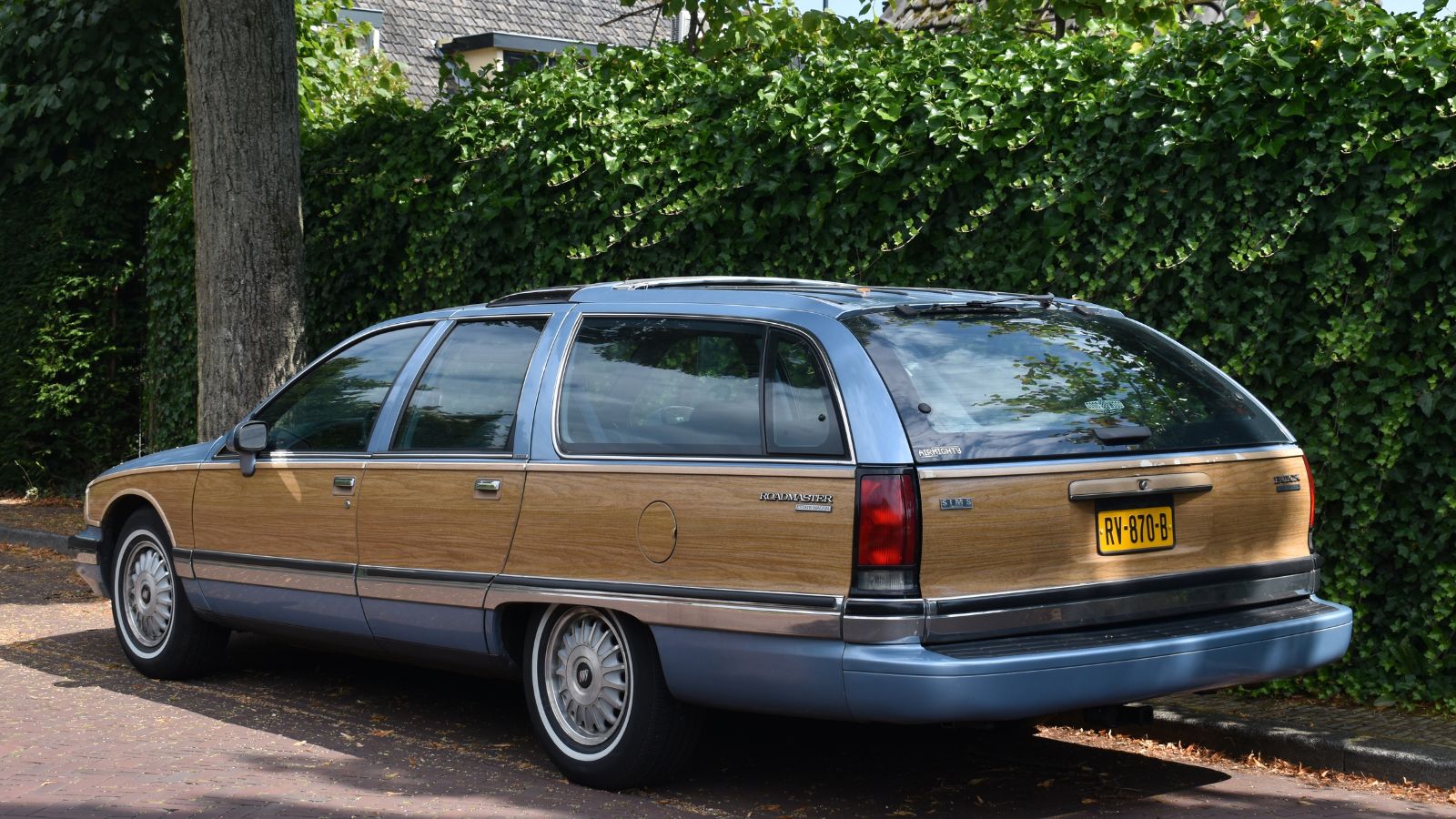
The Buick Roadmaster was one of the last great American station wagons before the rise of the SUV. Its 5.7-liter V8 engine delivered a solid 260 horsepower and 330 lb.-ft of torque, ensuring a smooth and powerful ride. The Roadmaster also featured a rear-wheel-drive layout and a four-speed automatic transmission, providing a blend of comfort and performance. Its design, characterized by a classic, boxy silhouette, emphasizes spaciousness and luxury, with a roomy interior that seats up to six passengers. The Roadmaster’s classic woodgrain paneling made it the ultimate road trip vehicle for families who wanted to travel in style one last time before the station wagon era ended.
11 Cars that are Known for Breaking Down Regularly

No car company wants to deliver a dud. However, even though companies try their best to deliver excellent cars, some cars turn out to be lemons, breaking down frequently. This creates problems for both the consumer and the manufacturer.
11 Cars that are Known for Breaking Down Regularly
